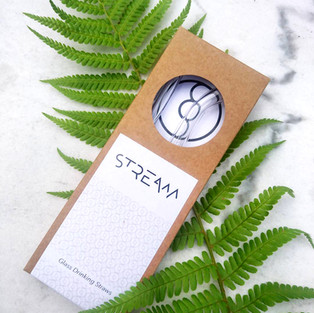Spekbooms and The Miyawaki Method
- The Forever Africa Team

- Sep 11, 2020
- 2 min read
Small urban forests have started to pop up around the globe based on the 1970s style inspired by a Japanese botanist.
The method is known as the Miyawaki method, allowing for a bustling diverse mini biome to flourish in roughly the size of a tennis court. The trees in a ‘Miyawaki forest grow faster and draw in more CO2 than that of a timber plantation. Botanist Akira Miyawaki discovered these small forests that occupied various temples, cemeteries, and shrines within Japan.

The Miyawaki method incorporates the indigenous plant life of a location into a diverse forest and matures within the space of 20 years, one-tenth of the time of your average forest to generate or…regenerate.
However, not everyone has their own patch of garden or land the size of a tennis court lying around, or even 20 years to spare. Our climate crisis is now. What we do have? Here in South Africa, we have Spekboom, a proudly South African plant. Did you know that spekboom goes by a few other names? Such as pork bush, bacon tree, and elephant’s food. Its Latin name is Portulacaria afra. But, it’s best trait of all is that it handles carbon emissions better than most other plants out there!
What do we mean by this? That spekboom, in optimal conditions, can remove just as much CO2 as the Amazon rainforest from the earth’s atmosphere. An estimate of 4-10 tonnes of CO2 can be drawn from the air by a single hectare of spekboom.
How can you keep your spekboom/s in optimal conditions?
If outside - direct sunlight. However, if kept as an indoor houseplant - indirect sunlight.
Summer & Spring, water your spekboom well, remember to rather let it dry out all the water before watering again. In winter/cloud climate you can water your spekboom less, but will grow at a slower pace.
Spekbooms are happy indoors around 12-27 degrees.
Try look for a succulents potting mix and make sure the drainage is good!
Prune when needed.
Spekbooms, which are bright green with circular leaves, can grow up to 5 meters and live up to 200 years. In the dry season, the spekboom has a special trick it uses at night; by opening up their stomata to stop water escaping from the heat of the day.
They are also very easy to plant! - broken-off branches grow roots extremely fast and creates a whole new spekboom!
Here is why you should plant spekboom in your garden or flat.
It is low maintenance regarding watering.
It can grow in any season.
It can be grown with ease.
It can be eaten (wash it first). It has a slight lemony taste to it, great in salads.
It is great for our atmosphere, drawing out tons of CO2 each year.
It’s proudly South African!
It can make a perfect indoor plant if you don’t have a garden or feature garden outside.
What to grow your spekboom in if opting for the indoor grown option?
Try a clay pot or if you are feeling adventurous…try make your own box out of wood from home.















Comments